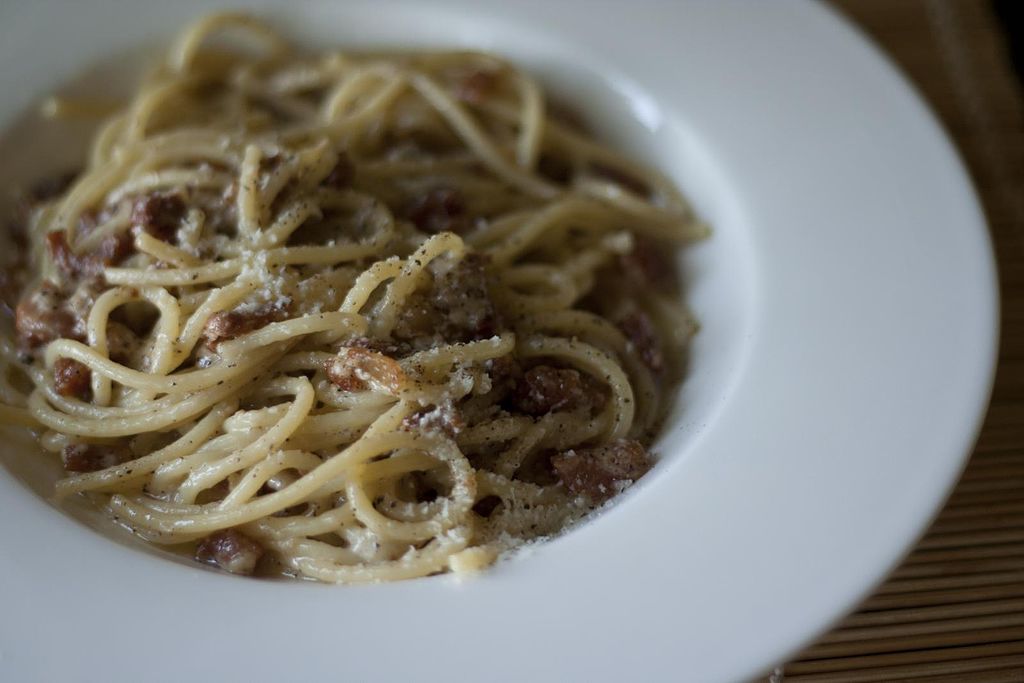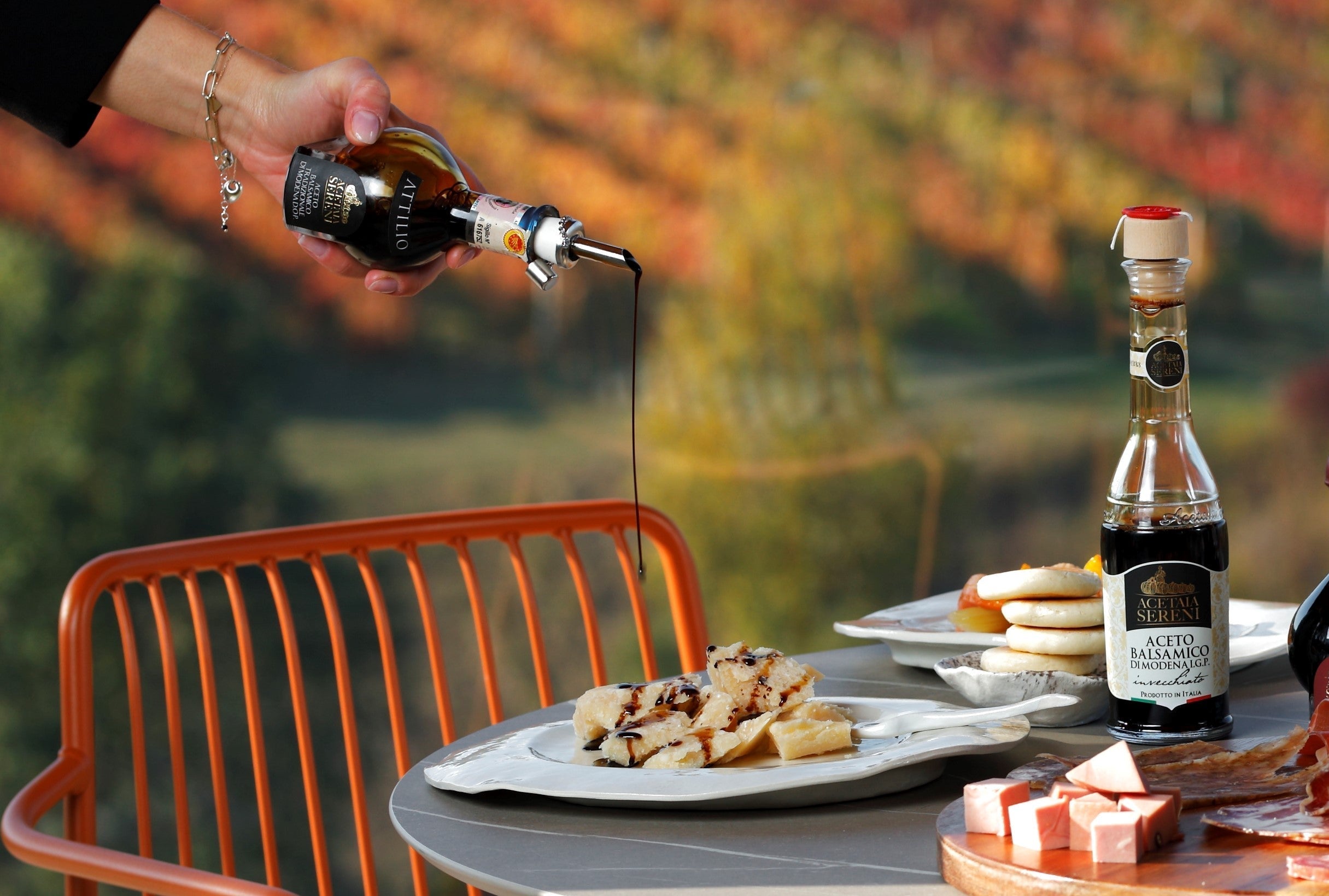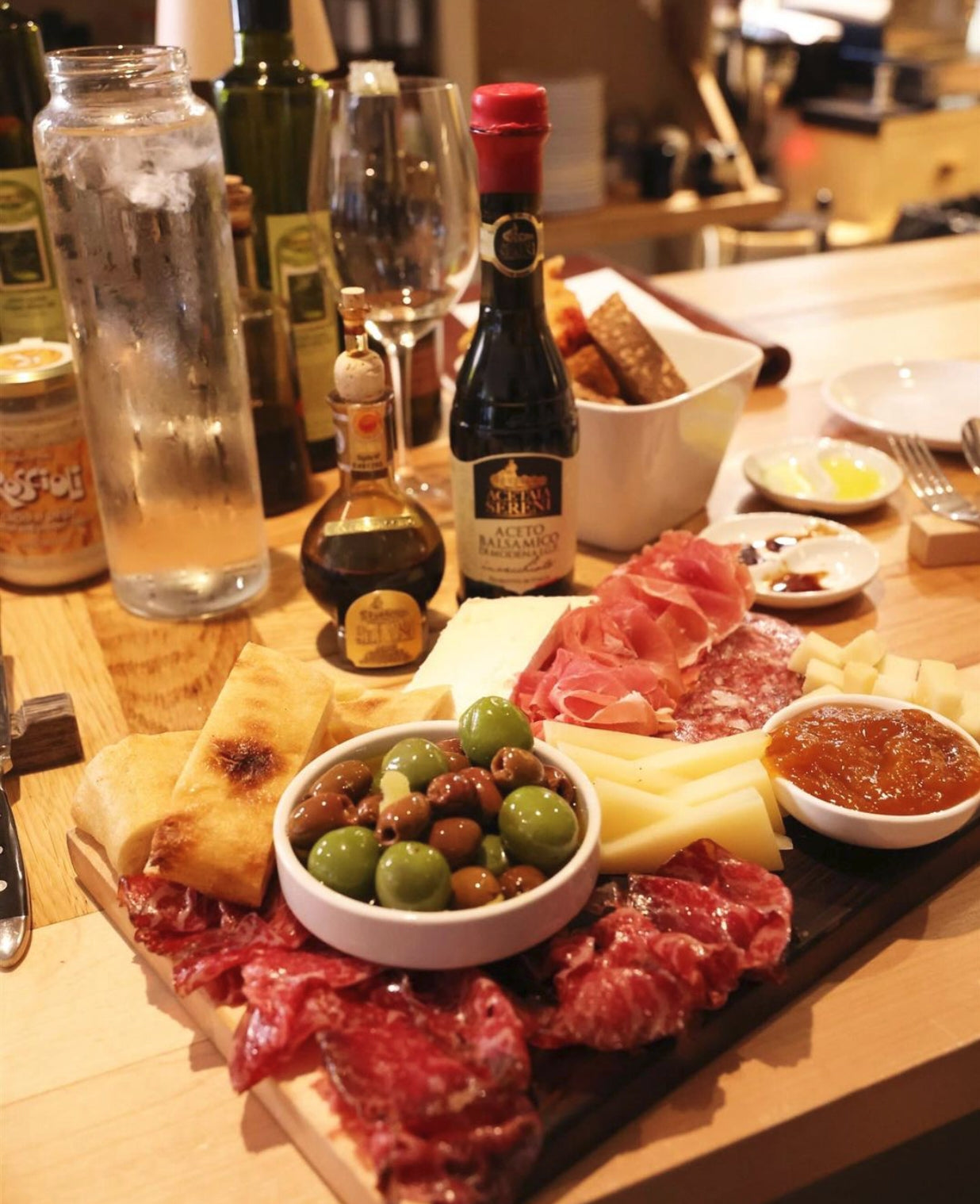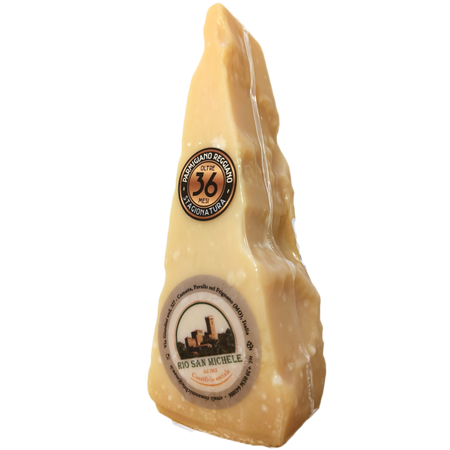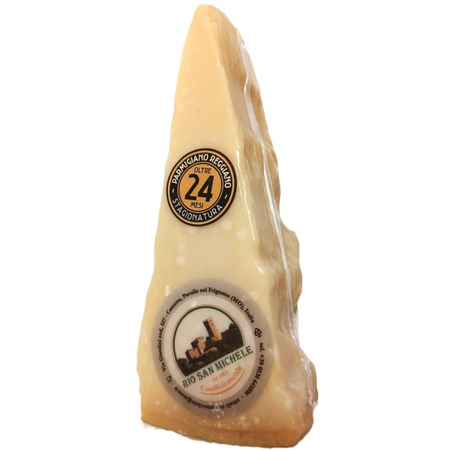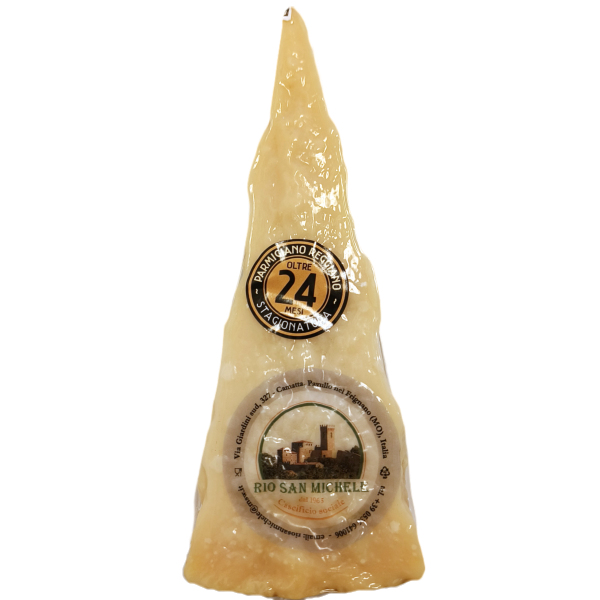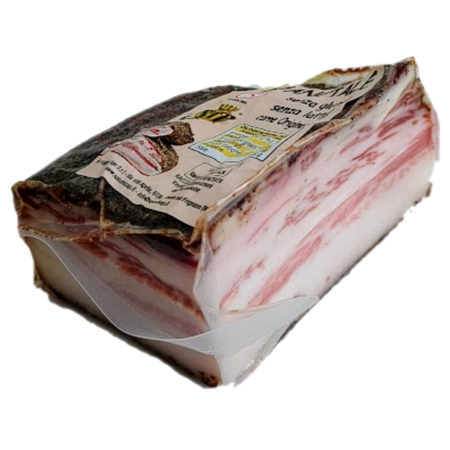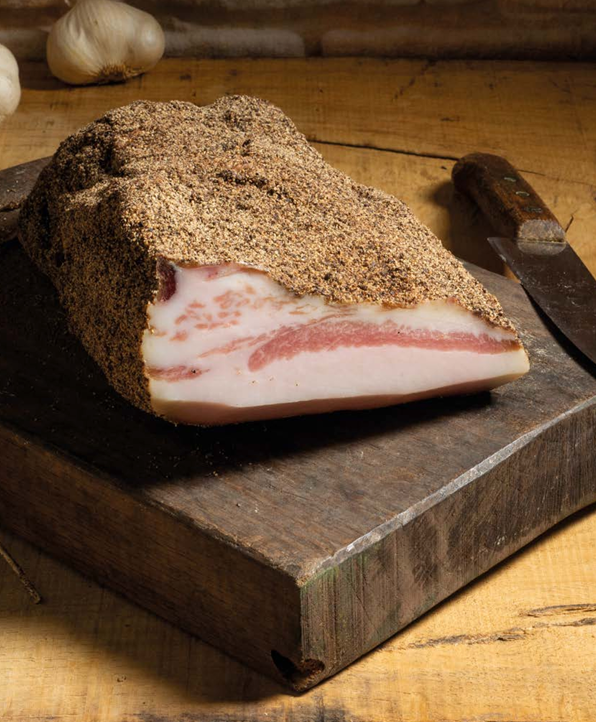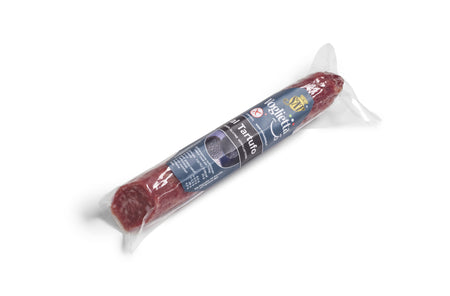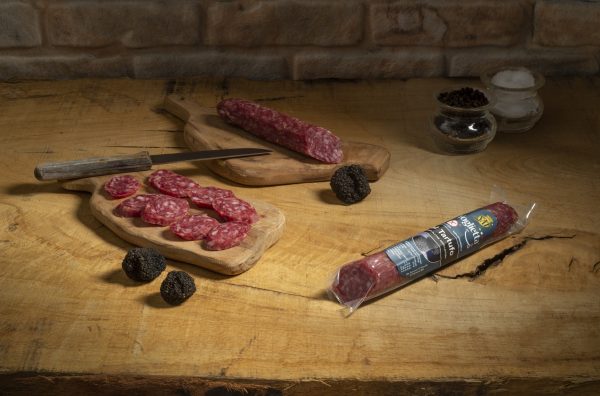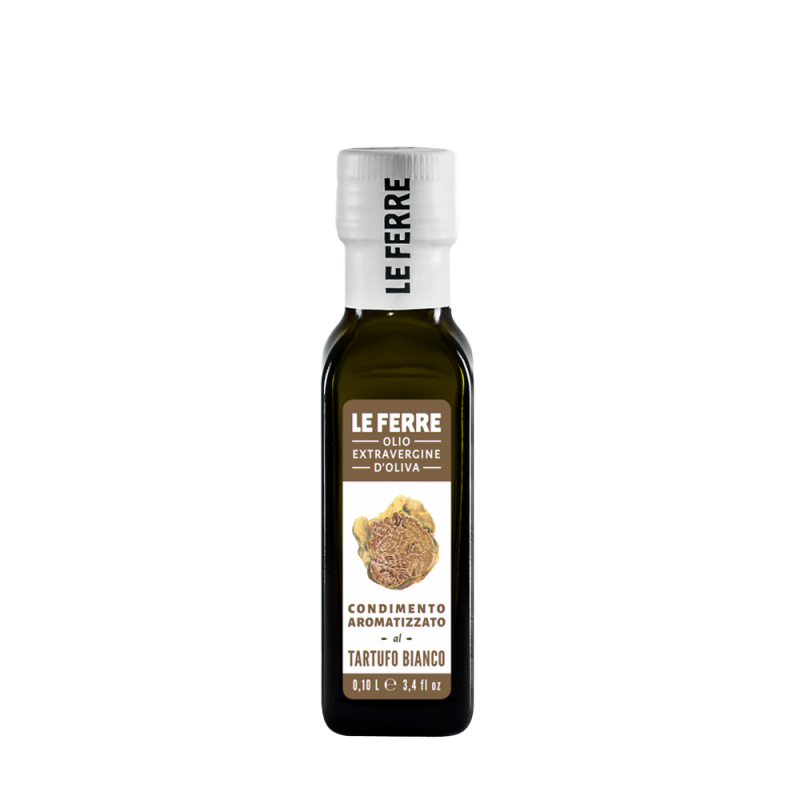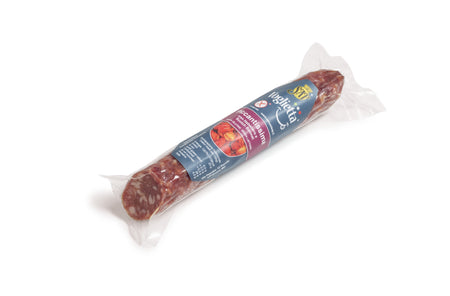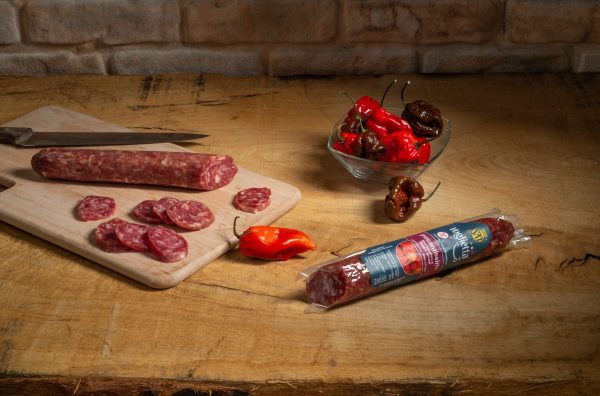Pasta alla gricia, a symbolic dish of the Roman culinary tradition, has its roots in the poor cuisine of the Lazio countryside. Shepherds, using simple and readily available ingredients such as guanciale, pecorino romano and black pepper, created this recipe. The origin of the name "gricia" is uncertain, but it is assumed that it may derive from "gricio", a dialect term that indicated sellers of bread and groceries.
Ingredients (for 4 people):
- 320 g pasta (spaghetti or rigatoni)
- 150 g guanciale
- 100 g grated pecorino romano
- Black pepper q.b.
- (optional) a pinch of chilli
Preparation:
- Guanciale:
- Cut the guanciale into strips of about 1 cm.
- Brown in a hot, non-stick pan, without oil, until crispy.
- Pasta:
- Cook the pasta in plenty of salted water.
- Drain al dente and transfer to the pan with the guanciale.
- Mantecatura:
- Add the grated pecorino and freshly ground black pepper (and chilli, if desired).
- Stir vigorously, adding pasta water if necessary, until you get a smooth cream.
- Serving:
- Serve immediately, garnishing with more pecorino and black pepper.
Tips and details:
- Guanciale releases its fat, so there is no need to add oil.
- The pasta water, rich in starch, is essential for creaminess.
- Vigorous stirring ensures a homogeneous cream.
- For a more intense flavour, you can use aged pecorino romano.
- Serve immediately.
Differences with other Roman dishes:
- Cacio e pepe: Even more essential version, with only pecorino, pepper and pasta water.
- Amatriciana: Similar to gricia, but with the addition of tomato.
- Carbonara: Evolution of gricia, with the addition of eggs for greater creaminess.
I hope this recipe allows you to enjoy an authentic dish from the Roman tradition.
Buon appetito!
Picture from Luca Nebuloni licens CC BY-SA 4.0

